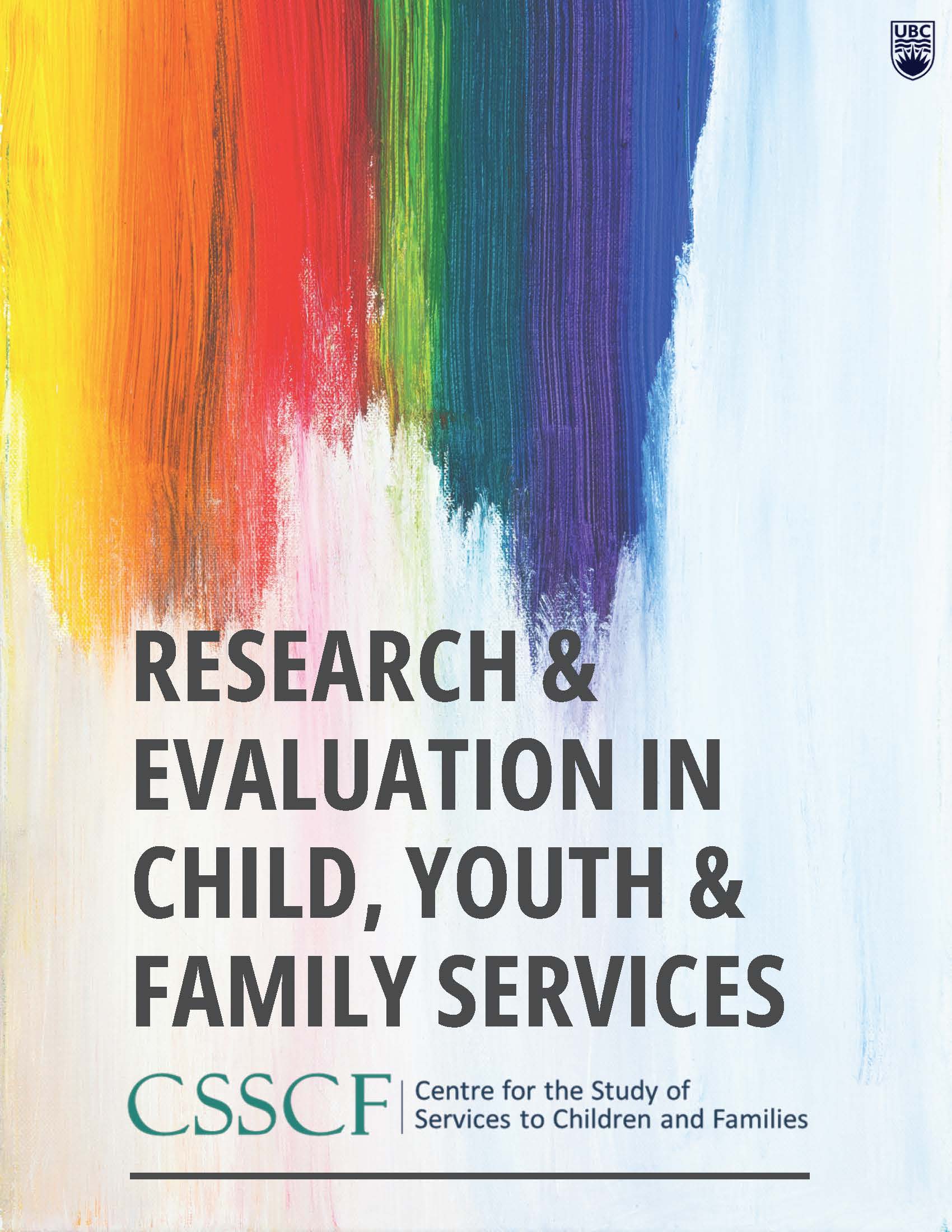The Use of Safety Assessments
DOI:
https://doi.org/10.14288/recyfs.v3i1.197562Keywords:
Child Protection, Safety Assessments, Vancouver/Richmond Service Delivery Area, Model Fidelity, Structured Decision-Making (SDM)Abstract
Child protection social workers around the globe assess the safety and well-being of children and youth on a daily basis. This is no easy task, and often these decisions must be made in a timely manner through the use of risk assessments and clinical judgement within the organization where they work. At the Ministry of Children and Family Development (MCFD), a document that evaluates the immediate safety of a child or youth is the safety assessment. The safety assessment is one of six Structured Decision-Making Tools (SDM Tools) that is used by the Ministry to determine whether a child or youth under the age of 19 can remain in the home, whether additional safety measures should be implemented in order to mitigate safety risks, or whether they are at significant or imminent risk of harm and must be placed outside of the home. The Vancouver/Richmond Service Delivery Area (SDA) has been engaged in a model fidelity approach for the past year with the support of the Practice Branch. The Practice Branch has been supporting social workers and team leaders by providing refreshers on how to complete the SDM Tools.
The purpose of this research study is to identify whether the safety assessment tool is being completed as intended by child protection teams across the province. To do this, we must understand whether or not social workers are asking all questions to inform the safety factors on the safety assessment tool, and to unveil the reasons (if any) why social workers are not asking all of the questions. If workers are not asking or gathering all the necessary information, it is critical to understand how staff can best be supported to shift their assessment to align with best practice approaches in ensuring safety.
Researchers in this study evaluated the use of the safety assessment tool using a mixed- method approach. Qualitative data was gathered from virtual interviews with social workers and team leaders within MCFD about their experiences with the safety assessment tool. From there, researchers used descriptive coding methods and thematic analysis to identify themes in responses to the questions asked in the interview portion. Using these themes gathered in the interviews, the data collection method transitioned to a quantitative approach, where an electronic survey was created and distributed.
One major finding that emerged from the data was that more than half of study participants were not asking or gathering information to inform all of the safety factors in the safety assessment and were leaving some of the components incomplete. Central themes around why workers were not asking about all of the safety factors included:
-
That the safety factor they were assessing was not brought up in the initial child protection report
-
That the questions were intrusive
-
Discomfort in asking questions outside of the reported concern(s)
-
That asking all questions was seen as an invasion of privacy
-
That workers did not know enough about the family to complete the safety assessment in
its entirety.
When asked about how social workers and team leaders can be supported to complete the safety assessment tool as intended, the most recognized recommendation was to have smaller caseloads for staff. High caseloads impacted workers’ abilities to complete thorough assessments and contributed to the reason behind not asking questions to inform all safety factors in the tool if it was not the reported concern. Additionally, providing ongoing training to all front-line child protection staff regardless of their experience using the tool was identified as a recommendation so that workers could stay up to date on training and best practice policies. Other recommendations included having regular clinical supervision between social workers and team leaders to review the safety assessment, social workers taking the safety assessment with them into the field when meeting with the family to avoid overlooking any of the safety factors, and providing staff with a guide of questions on how to ask about other safety factors in the assessment tool to alleviate any discomfort on how to ask questions about factors that were not initially reported.
Downloads
Published
Issue
Section
License
Copyright (c) 2022 Research and Evaluation in Child, Youth and Family Services

This work is licensed under a Creative Commons Attribution-NonCommercial 4.0 International License.
This work is licensed under a Creative Commons Attribution-NonCommercial 4.0 Inrernational License. Copyright for articles published in this journal is retained by the authors, with first publication rights granted to the journal. By virtue of their appearance in this open access journal, articles are free to use, with propoer attribution, in edicational and other non-commercial settings.


